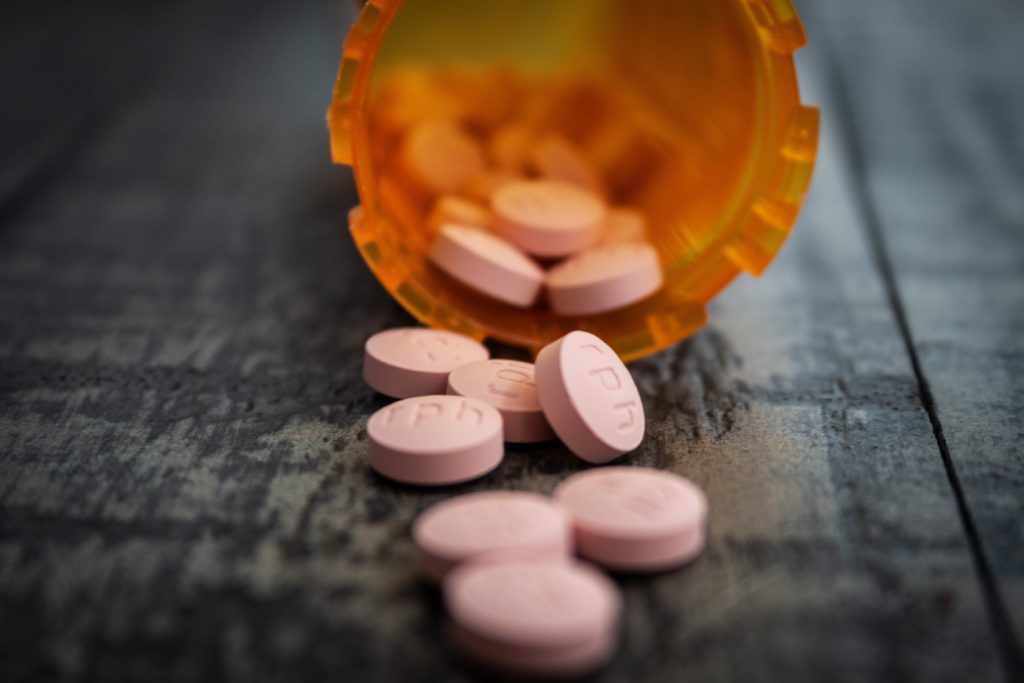Types of Withdrawal Syndrome—How to Cope and Keep Moving Forward
Table of contents
Anyone who has been through substance use and addiction knows how difficult it can be. But with time and support, users can learn to manage their addictions and lead happier healthier lives. Even the most resolute of us can be swayed back into active use to relieve withdrawal symptoms. This is known as Withdrawal Syndrome.
Since substances cause dopamine release in the brain once they are consumed, users may experience cravings after stopping or reducing consumption. The desire to have drugs again causes withdrawal symptoms, which may last from a few days to a few weeks depending on the severity of the addiction, length of abstinence, and other factors. To reduce these cravings and prevent relapse once weaning has started, withdrawal syndrome needs to be managed appropriately so that we do not return to old habits and continue on our path to recovery.
What is Withdrawal?
Withdrawal symptoms are those that result from a reduction in the chemical dopamine, which is released during the act of consumption of the drug. Given that this is associated with the habit of using substances, withdrawal can be defined as “the syndrome produced by voluntary cessation of drug use.”
As we know, some drugs of abuse, like alcohol, nicotine, and opioids, produce their own chemical that binds to specific receptors in the brain. Once this binding occurs, the receptors are activated and a response is triggered. This can be attributed to the feeling of pleasure, a sense of euphoria, a reduction of stress and a sense of relaxation, and decreased inhibition.
Additionally, when substances like alcohol, marijuana, nicotine, and opioids are consumed, they increase the activity of dopamine and create a dopamine deficiency. This leads to cravings when we stop and the motivation to use again. The more severe the chemical deficiency is, the more intense the cravings will be.
Signs of Withdrawal
It is important to remember that these symptoms could suggest other medical issues or even an overdose as well as indications of withdrawal syndrome. Regardless, they indicate a need for professional help.
- Increased heart rate/blood pressure
- Sweating
- Stomach cramps
- Nausea
- Hunger
- Irritability
- Anger
- Anxiety
- Decreased appetite
- Insomnia
- Mood changes such as depression
A drug dependence that is severe enough to require professional care is characterized by withdrawal symptoms that are more intense, frequent, or prolonged than is normal for a similar period following termination of use.
Types of Withdrawal
Psychological Withdrawal Syndrome
Psychological withdrawal is a term that refers to the physical and emotional symptoms that can occur when an individual stops using a substance. These symptoms can range from mild to severe and can last for days, weeks, or even months. In some cases, psychological withdrawal can be as bad or worse than the substance use itself. Psychological withdrawal syndrome can cause a person to feel irritable, depressed, anxious, and restless. They may also experience physical symptoms like headaches, nausea, and diarrhea. In extreme cases, psychological withdrawal can lead to addiction relapse.
Physiological Withdrawal Syndrome
Physiological withdrawal is the body’s response to discontinuing drug or alcohol use. It’s a process that’s triggered by the sudden withdrawal of the substance from the body, and it can be difficult and uncomfortable. The body goes through a number of different stages during withdrawal syndrome, each of which can be uncomfortable and potentially harmful.
Strategies for Staying Stopped
Seek Support
Reach out to a friend, family member, sponsor, or sponsor group for support. Being lonely or feeling like you are experiencing withdrawal alone can make it much harder to control your cravings.
Be Positive
Studies have shown that people who are positive about their sobriety are much more successful at staying sober than those who are negative. Being positive will help you stay away from the negative influences that could send you back to using.
Keep a Daily Log
Keeping a log of your experiences will help you identify triggers and prevent relapse from happening.
Talk to a Professional
Having a support system in place is important, but if you find that you need professional help, do not hesitate to get it. A treatment plan can help you stay on track and make sure that you do not go back to using.
Detox With Briarwood
Briarwood Detox Center offers detox treatment for alcohol, opioid, methamphetamine, prescription drugs, and much more. Our experienced clinical staff provides round-the-clock monitoring throughout the detox process and our therapy team provides support to help manage the emotional response to treatment. Additionally, we have detox facilities located in Austin, Houston, and Colorado Springs with state-of-the-art amenities.
Briarwood is dedicated to facilitating a healthy and safe environment that empowers people to make significant and lasting changes in their lives. We look forward to supporting you or your loved one on the journey to recovery. Call (512) 277 – 3103 today for more information on our programs and admission process.
Break Free From Your Addiction Today
(in 3 easy, confidential steps)

Verify your insurance
Complete our fast, free, and easy verification process over the phone to determine the extent of your insurance coverage.

Make an informed decision
We will provide personalized placement recommendations based on your insurance, treatment needs, financial situation, and schedule.

Contact us
Call (888) 857-0557 or fill out our online form for a free and confidential personal consultation with an admissions specialist.








